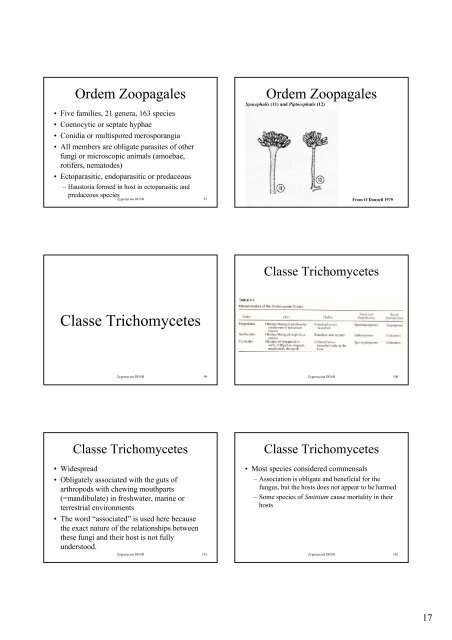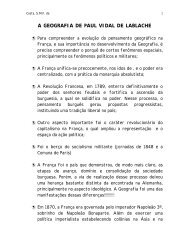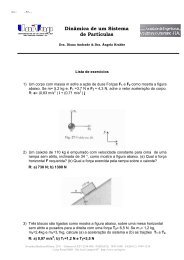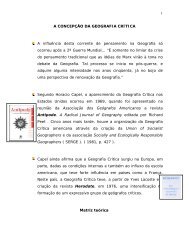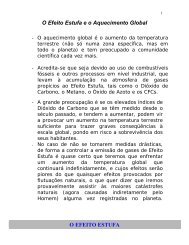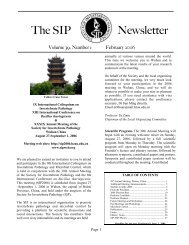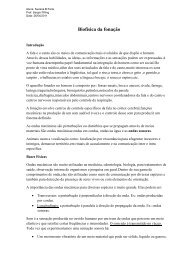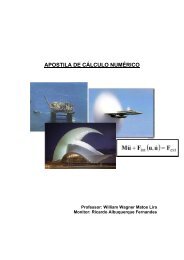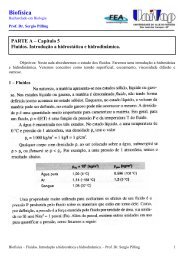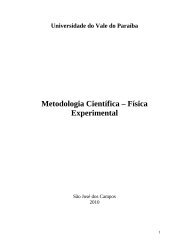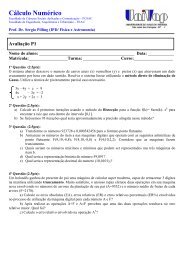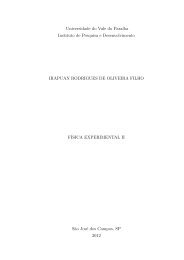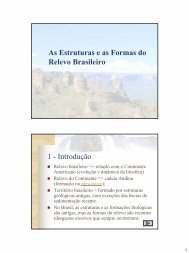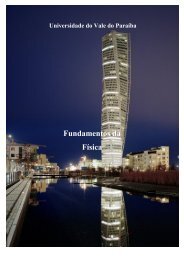F0007 - Phylum Zygomycota and the new classification - Univap
F0007 - Phylum Zygomycota and the new classification - Univap
F0007 - Phylum Zygomycota and the new classification - Univap
You also want an ePaper? Increase the reach of your titles
YUMPU automatically turns print PDFs into web optimized ePapers that Google loves.
Ordem Zoopagales• Five families, 21 genera, 163 species• Coenocytic or septate hyphae• Conidia or multispored merosporangia• All members are obligate parasites of o<strong>the</strong>rfungi or microscopic animals (amoebae,rotifers, nematodes)• Ectoparasitic, endoparasitic or predaceous– Haustoria formed in host in ectoparasitic <strong>and</strong>predaceous species<strong>Zygomycota</strong> DENR 97Ordem ZoopagalesSyncephalis (11) <strong>and</strong> Piptocephalis (12)<strong>Zygomycota</strong> DENR From O’Donnell 1979 98Classe TrichomycetesClasse Trichomycetes<strong>Zygomycota</strong> DENR 99<strong>Zygomycota</strong> DENR 100Classe Trichomycetes• Widespread• Obligately associated with <strong>the</strong> guts ofarthropods with chewing mouthparts(=m<strong>and</strong>ibulate) in freshwater, marine orterrestrial environments• The word “associated” is used here because<strong>the</strong> exact nature of <strong>the</strong> relationships between<strong>the</strong>se fungi <strong>and</strong> <strong>the</strong>ir host is not fullyunderstood.<strong>Zygomycota</strong> DENR 101Classe Trichomycetes• Most species considered commensals– Association is obligate <strong>and</strong> beneficial for <strong>the</strong>fungus, but <strong>the</strong> hosts does not appear to be harmed– Some species of Smittium cause mortality in <strong>the</strong>irhosts<strong>Zygomycota</strong> DENR 10217


